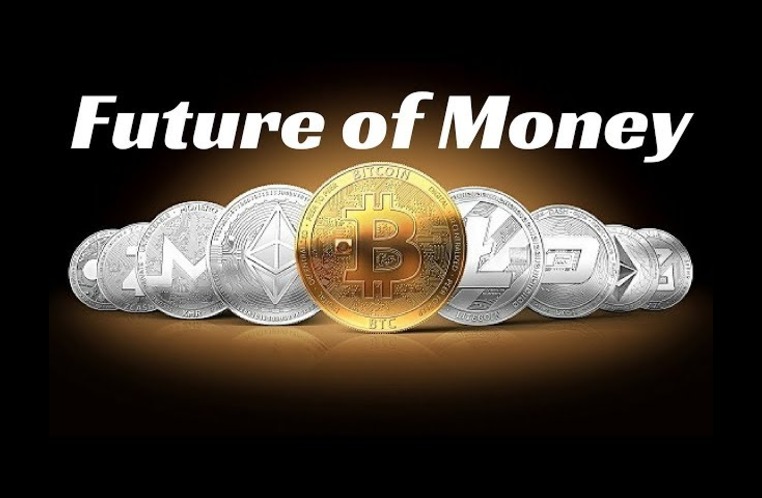The realm of digital currencies is undergoing a swift transformation. As the United States approaches the possibility of introducing a digital dollar, discussions surrounding the functions of stable coins, central bank digital currencies (CBDCs), and fiat currencies are gaining relevance. This transition in the realm of finance could potentially have far-reaching consequences, not only for financial institutions and investors, but also for the general public and the framework of the global economy.
Understanding the Digital Dollar Versus. Stable Coins
At the core of this discussion lies the notion of a digital dollar, a virtual rendition of the US dollar that would be authorized and supervised by the Federal Reserve. The Federal Reserve has extensively investigated this concept since 2020, undertaking multiple projects such as Project Hamilton and Project Cedar to delve into the technical and policy dimensions of a digital currency.
On the contrary, private entities such as Tether and Circle have each developed their own digital assets, commonly known as stable coins, which are tied to the value of the United States dollar. Stable coins have rapidly garnered momentum. For instance, Tether currently maintains substantial reserves in US Treasuries, competing with the reserves held by prominent national economies.
A Partnership or a Power Struggle?
The ongoing discussion regarding the potential coexistence of stable coins and CBDCs is yet to reach a conclusion. According to Eswar Prasad, an economist and professor at Cornell University, stable coins and central bank digital currencies (CBDCs) could potentially function as complementary payment methods, although there is a possibility that they may eventually vie for supremacy.
Stable coins provide the conveniences and accessibilities of cryptocurrency, while also offering the relative stability associated with the dollar.
However, should stable coins gain widespread adoption as a payment medium, they may pose a challenge to the authority of central banks in the management of the economy by potentially weakening the efficacy of monetary policy. For instance, if stable coins are extensively utilized in commercial transactions, it could constrain the Federal Reserve’s capacity to impact the monetary circulation and interest rates.
This gives rise to concerns that stable coins could potentially exacerbate market volatility if not subject to careful regulation.
Regulatory Moves: A Balancing Act
The regulatory landscape concerning stable coins in the United States is currently in a state of evolution, as various proposed frameworks aim to elucidate the responsibilities of issuers and the protections afforded to consumers. The Clarity for Payment Stable coins Act of 2024, which was recently introduced, aims to provide a more transparent route for stable coin issuers. It may also entail exemptions from state-level regulation based on market capitalization. Regulation could, in theory, aid in stabilizing the role of stable coins within the economy. This could potentially pave the way for a collaborative relationship between stable coins and a digital dollar.
However, as recent events in the U.S. require a more in-depth analysis, it is essential to address the situation critically.
In the banking sector, risks have been observed. The temporary detachment of Circle’s USD Coin (USDC) during the Silicon Valley Bank crisis in March 2023 underscores the significant interdependence of stable coin stability with the wider financial system.
More From Author: A Closet Full of Nothing: The Fleeting Comfort of Cheap Clothes
Competing Digital Currencies
While the U. S. considers a digital dollar, other countries are advancing their own Central Bank Digital Currency (CBDC) projects. China’s digital yuan is currently undergoing domestic testing, with plans to enhance its participation in international trade. In Brazil, the DREX, Brazil’s CBDC, endeavors to enhance the country’s financial inclusion initiatives and promote innovation in digital finance.
Interestingly, despite concerns that Central Bank Digital Currencies (CBDCs) might supplant the dollar as the primary global reserve currency, the majority of stable coins are backed by the dollar. This ultimately serves to strengthen the international prominence of the dollar instead of weakening it. This unforeseen outcome implies that digital currencies may alter the dynamics of payment systems, yet they could also reinforce current monetary power hierarchies.
Looking Forward: A New Financial Ecosystem
The convergence of cryptocurrencies, stable coins, and CBDCs presents both opportunities and challenges. We are now entering a new era in which digital and traditional financial systems are becoming interconnected, potentially leading to increased accessibility and efficiency in finance. However, these novel forms of currency also entail distinctive risks, encompassing privacy apprehensions and the task of upholding economic stability amidst the realm of decentralized finance. Stable coins and Central Bank Digital Currencies (CBDCs) may either align as collaborators, offering a hybrid framework for digital transactions, or contend as rivals, vying for preeminence.
Upcoming U.S. 2024 election foreshadows, the future of digital finance and is expected to become a crucial topic, with the upcoming administration playing a significant role in deciding the coexistence of stable coins, CBDCs, and the dollar in the digital era.




